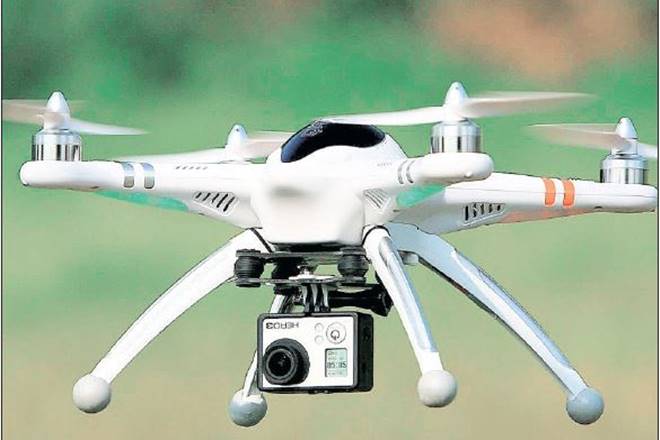The DGCA guidelines for drone flying by civilians come into effect from December 1 onward, subject to various requirements and clearances. The final guidelines were published by civial aviation regulator in this regard earlier this week. However, it would still be mandatory for drone operators to inform the local police before flying, DGCA said. While the drone flights will be limited to daylight hours, photography with drones is allowed in well-lit enclosed area.
Drone types
DGCA has broadly classified drones under different categories such as Nano (weighing up to 250 gram), Micro (over 250 gram but less than 2 kilogram) and Small and above (weighing 2 kilogram or more).
Unique identification number
Similar to the registration number for a car, the drone operator has to obtain a unique identification number (UIN) from DGCA which must be displayed on the aircraft. The number can be obtained against a fee of Rs 1,000. However, no foreign citizen or entity can procure UIN. Holding a Unique Air Operator’s Permit (UAOP) will be mandatory for the flyers and this permit that is valid for 5 years. A five-day training programme has to be undertaken for obtaining UAOP. The permit that is similar to a driving license will cost Rs 25,000 and it renewal will cost Rs 10,000. The permit and UIN can be availed online.
Flying requirements
The drones qualifying under the Nano category must carry GPS, anti-collision light, ID plate, radio-frequency identification (RFID) and SIM facilities among other needs. A flight plan is needed for flying small or bigger drone. A flight plan is only needed if micro drone is using controlled airspace.
No-fly zones
DGCA has listed twelve categories of ‘no-drone zones’ which include region up to 5 km from the perimeters of the high-traffic airports of Mumbai, Delhi, Chennai, Kolkata, Bengaluru and Hyderabad. The drones can’t fly nearer than 25 km of international borders, such as Line of Control and Line of Actual Control.

